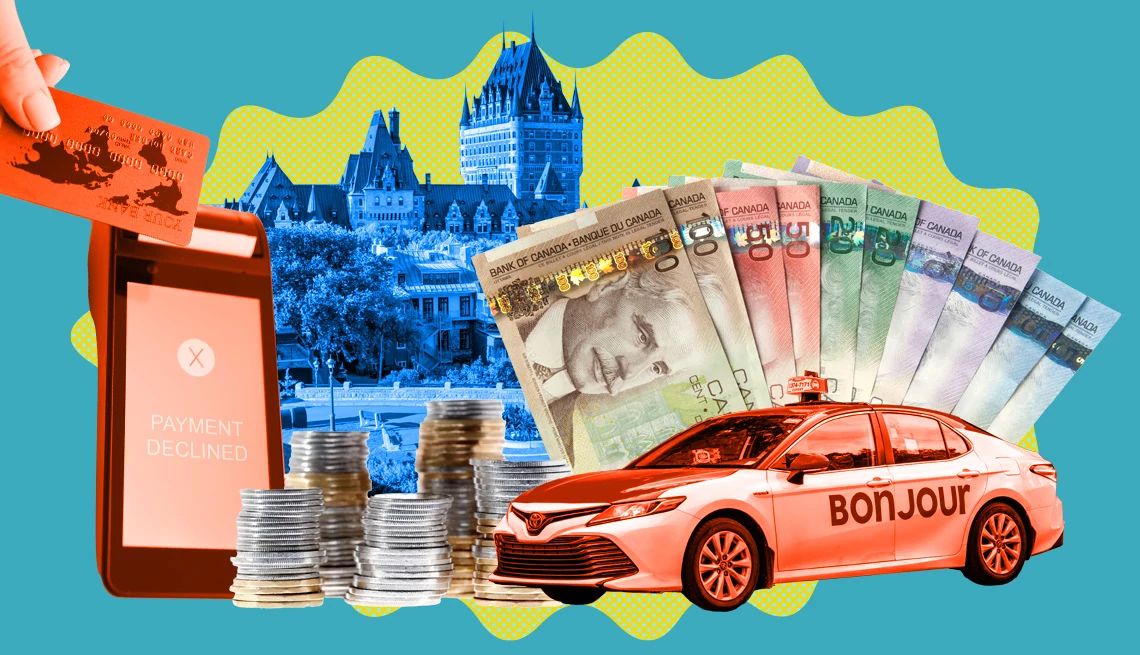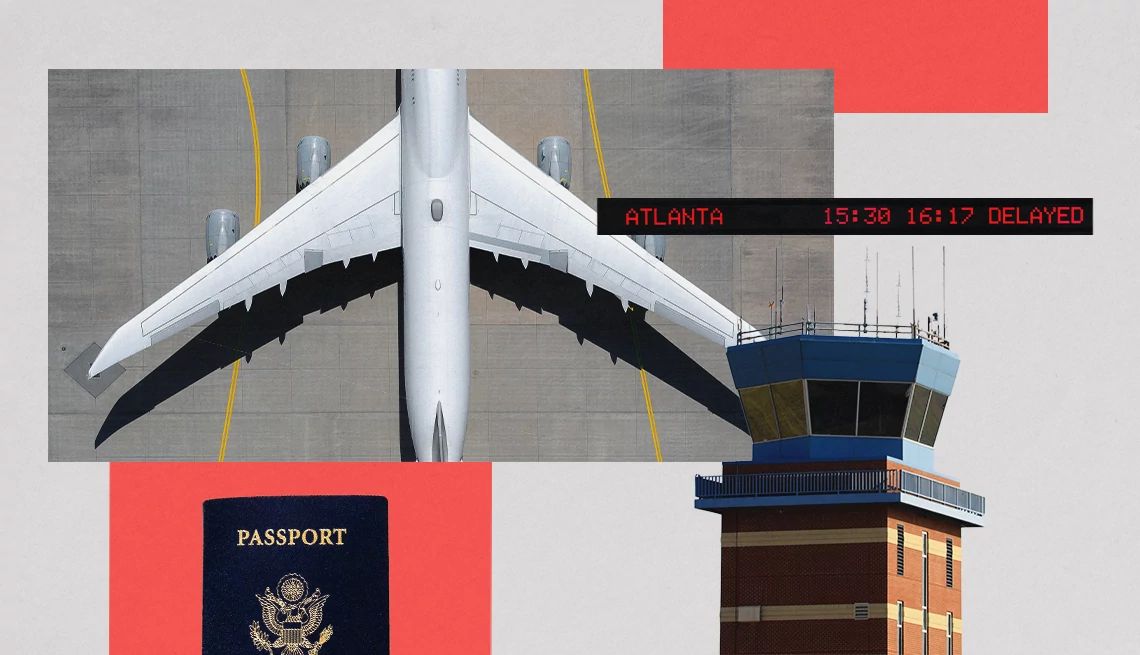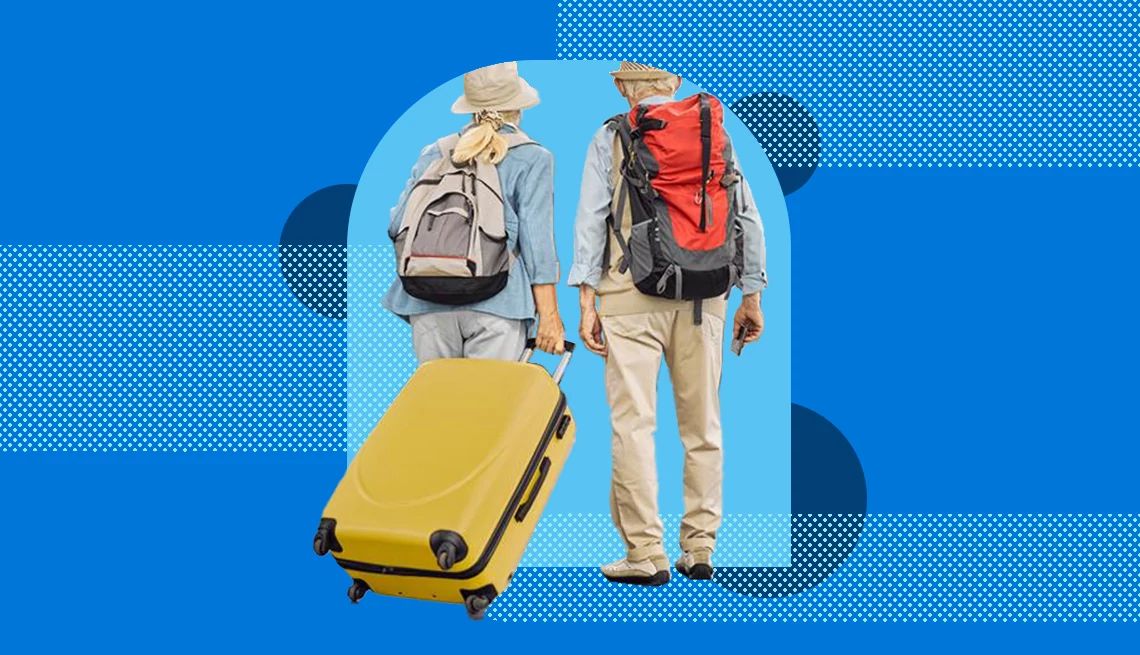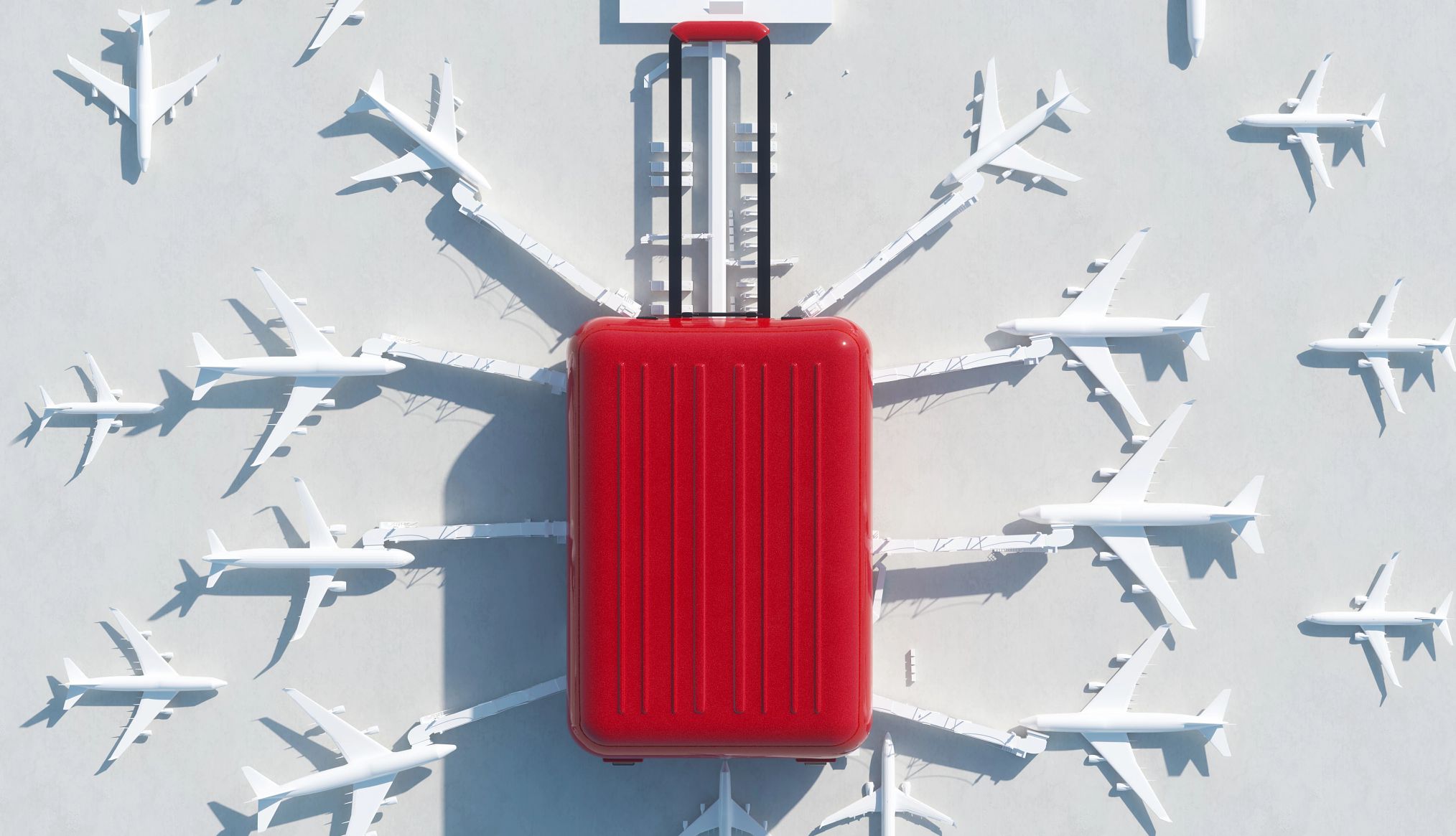AARP Hearing Center
On a humid summer afternoon in Quebec, Canada, I was sitting on the ground with my teenage daughter, trying to order an Uber back to our hotel. After a guided forest hike with friendly goats, we’d returned to the sleepy neighborhood where the excursion began. While getting an Uber there had been easy, finding one back was proving difficult. I refreshed my app again, only to see the same frustrating words: “No drivers available.”
Noticing our plight, another tourist offered to share her taxi, which she had prearranged with a local driver. My daughter and I slid into the back seat, grateful we wouldn’t be stranded. As the countryside rolled by, the mostly French-speaking driver said our fare would be 40 Canadian dollars. “Great,” I said. “You take credit cards or Venmo, right?”
Wrong. Our driver only accepted cash, and I didn’t have any. With cashless transactions becoming increasingly common, I’d assumed I could get by with credit cards and digital payment apps. On a whim, I’d packed 30 Canadian dollars that I had from a previous trip. But we’d already spent them on souvenirs.
The other passenger was dropped off at her hotel before the driver headed toward our hotel. Mild panic stirred in my chest as the driver said he would take us to a bank. Moments later, I speed-walked with my daughter into a glass lobby full of ATM machines and inserted my card.


A message popped up on the screen: “Card declined.” Stunned, I tried again and got the same result.
“Mom, are we going to get in trouble?” my daughter asked as my head filled with visions of being arrested for fare evasion in a foreign country. I felt uneasy, acutely aware that I was a female traveling with my child.
“The ATM didn’t work, but I’ll ask my hotel for help,” I told the driver. He gave me a wary look but dropped us off and pulled over to wait, while I prepared to throw myself at the mercy of the front desk.
“Bonjour,” I said, my voice shaking as I explained my predicament. I asked if I could borrow cash and add the expense to my room.







































































